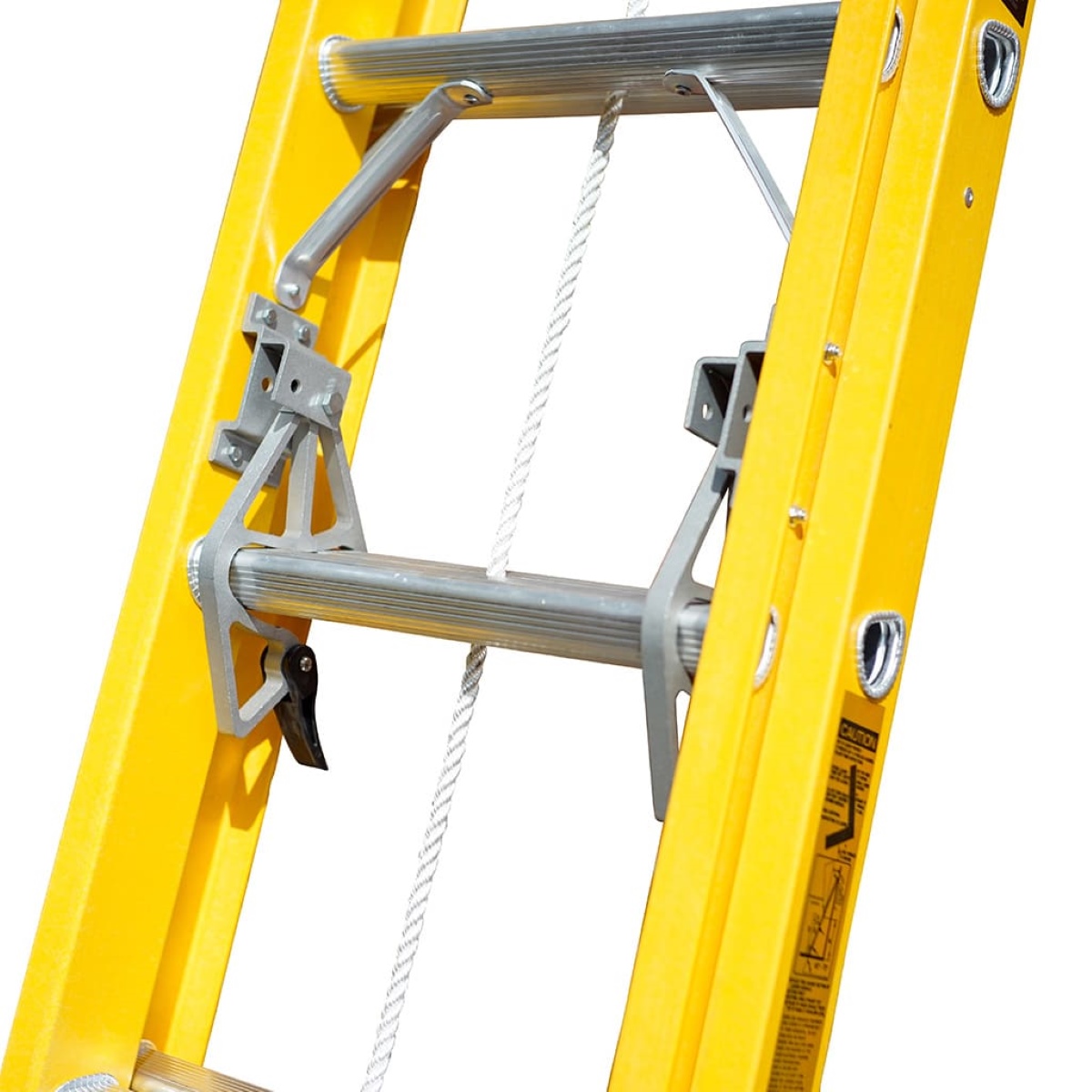

Articles
How To Use Rope On Extension Ladder
Modified: October 18, 2024
Learn how to properly use rope on an extension ladder in our informative articles. Gain the knowledge and skills needed for safe and efficient ladder work.
(Many of the links in this article redirect to a specific reviewed product. Your purchase of these products through affiliate links helps to generate commission for Storables.com, at no extra cost. Learn more)
Introduction
Welcome to our guide on how to use rope on an extension ladder. Extension ladders are essential tools for various tasks, such as painting, cleaning gutters, or accessing high areas. Adding a rope to your extension ladder can further enhance its safety and stability, providing an extra layer of security while you work at height.
In this article, we will walk you through the steps to effectively and safely use a rope on your extension ladder. We will cover everything from choosing the right rope to securing it on the ladder and using it while climbing and descending. By following these guidelines, you can significantly reduce the risk of accidents and ensure a stable working platform as you perform tasks at height.
Please keep in mind that safety should always be your top priority when working with ladders. It is essential to follow all safety guidelines provided by the ladder manufacturer and take necessary precautions to prevent injuries or falls. Now, let’s dive into the details of using rope on an extension ladder.
Key Takeaways:
- Choosing the right rope and securing it properly on your extension ladder can greatly enhance safety and stability while working at height. Regular inspections and proper tension adjustments are crucial for a secure ladder setup.
- Utilizing the rope for balance and support while climbing and descending the ladder is essential for a safe and successful experience. Always prioritize safety, follow proper procedures, and maintain equipment for injury-free ladder endeavors.
Read more: How To Make Rope Ladder
Safety Precautions
Before we begin discussing how to use a rope on an extension ladder, it is crucial to understand and implement essential safety precautions. Working at height comes with inherent risks, and taking appropriate measures can help mitigate those risks. Here are some safety precautions to keep in mind:
- Inspect the ladder: Before using the ladder, thoroughly inspect it for any damages or defects. Check for loose or missing screws, cracked rungs, or bent side rails. If you notice any issues, do not use the ladder and have it repaired or replaced.
- Choose the right ladder for the task: Ensure that you are using the correct type and size of ladder for the job. Different tasks may require specific ladder configurations, such as extension ladders for reaching high areas or step ladders for shorter tasks.
- Check the weight capacity: Every ladder has a weight capacity that should not be exceeded. Make sure to check the ladder’s load rating and never exceed the recommended weight limit.
- Set up on a stable and level surface: Place the ladder on a firm and level surface to prevent it from tipping or slipping. Avoid setting up the ladder on uneven or slippery ground, and use ladder stabilizers or leg levelers if necessary.
- Maintain proper footing and balance: Always maintain three points of contact with the ladder, either two feet and one hand or two hands and one foot. Avoid leaning or overreaching while on the ladder, which can lead to loss of balance and falls.
- Use personal protective equipment (PPE): Depending on the task and working conditions, wear appropriate PPE such as a helmet, safety harness, non-slip footwear, and eye protection to protect yourself from potential hazards.
- Practise ladder placement: When positioning the ladder, follow the 4:1 rule. For every four feet of ladder height, move the base one foot away from the vertical surface it leans against. This angle provides stability and prevents the ladder from sliding or toppling over.
- Secure the ladder at the top and bottom: Whenever possible, secure the ladder at the top using ladder stabilizers, hooks, or straps to prevent it from sliding or shifting during use. Additionally, make sure to use ladder bumpers or rubber grips at the bottom to keep it stable.
- Have a spotter or helper: If the task requires, have someone assist you from the ground by stabilizing the ladder and providing support if needed.
- Be mindful of weather conditions: Avoid working on a ladder during inclement weather, such as heavy rain, high winds, or storms. Slippery conditions can increase the risk of falls and accidents.
By following these safety precautions, you can significantly reduce the risk of ladder-related accidents and injuries. Now that we have covered the necessary safety measures, let’s move on to the steps involved in using rope on an extension ladder.
Step 1: Choosing the Right Rope
When it comes to using rope on an extension ladder, selecting the appropriate type of rope is crucial. Not all ropes are suitable for ladder use, as they need to have specific characteristics that ensure safety and reliability. Here are some factors to consider when choosing the right rope:
- Material: The material of the rope plays a significant role in its strength and durability. For ladder use, it is best to opt for ropes made of nylon or polyester. These materials have excellent strength, are resistant to weather conditions, and have low stretchability.
- Diameter: The diameter of the rope determines its strength and ability to handle weight. As a general guideline, choose a rope with a diameter of at least 1/2 inch (12.7mm) or greater. Thicker ropes provide better grip and can handle heavier loads.
- Braid or twist: Ropes can either be braided or twisted. Braided ropes offer better strength and durability, making them the preferred choice for ladder use. They are less likely to fray or untwist over time, ensuring a secure connection.
- Weight capacity: Consider the weight capacity of the rope to ensure it can handle the load you intend to carry on the ladder. Look for the safe working load (SWL) or maximum load capacity specified by the manufacturer.
- UV resistance: If you intend to use the rope outdoors, ensure it has UV resistance to prevent degradation from exposure to sunlight. UV-resistant ropes will last longer and maintain their strength even when used in sunny conditions.
- High visibility: Opt for ropes that have high-visibility colors, such as yellow or orange. This helps improve visibility and recognition of the rope, especially in low-light conditions, reducing the chances of tripping or entanglement.
- Quality and certification: Always choose ropes from reputable manufacturers who comply with industry standards and regulations. Look for ropes that meet or exceed safety standards and have relevant certifications such as EN or ANSI.
By considering these factors, you can select a rope that meets the necessary requirements for ladder use. Make sure to inspect the rope for any signs of wear or damage before each use. If the rope shows signs of fraying, breakage, or weakening, replace it immediately to maintain safety.
Now that you have chosen the right rope for your extension ladder, it’s time to move on to the next step: inspecting the ladder itself.
Step 2: Inspecting the Extension Ladder
Prior to using the rope on your extension ladder, it is essential to thoroughly inspect the ladder for any damages or defects. Regular inspections help ensure that the ladder is in safe and working condition, minimizing the risk of accidents. Here are the key areas to inspect:
- Side rails: Check the side rails of the extension ladder for any cracks, dents, or bends. Ensure that they are straight and not damaged in any way. Any signs of damage to the side rails can compromise the ladder’s stability and strength.
- Rungs: Inspect each rung of the ladder for any signs of wear, cracking, or bending. Make sure they are secure and firmly attached to the side rails. Damaged or loose rungs can cause instability and increase the risk of falls.
- Locking mechanisms: If your extension ladder has locking mechanisms, such as locks or pins, ensure that they are in proper working condition. Check if they lock securely when extended and do not release unintentionally while in use.
- Feet and base: Examine the ladder’s feet or base for any signs of wear, damage, or slipping. Make sure the feet are intact, non-slip, and in good condition. Consider using ladder stabilizers or rubber grips to enhance stability and prevent slipping.
- Labels and markings: Check the ladder for safety labels and markings provided by the manufacturer. Ensure that the ladder’s load capacity, height limitations, and other relevant information are clearly indicated and legible.
If you notice any damages, defects, or signs of wear during the inspection, do not use the ladder. It is crucial to address these issues before using the ladder to ensure your safety. Depending on the severity of the defects, you may need to replace certain ladder components or the entire ladder itself.
Regular maintenance and inspections of your extension ladder are vital to keep it in reliable condition. Following the manufacturer’s guidelines for maintenance and storage can help prolong the ladder’s lifespan and ensure safe usage.
Once you have confirmed that your extension ladder is in good shape, it is time to securely attach the rope to the ladder rungs, which we will cover in the next step.
Step 3: Securing the Rope on the Ladder Rungs
Now that you have chosen the right rope and inspected the extension ladder, it’s time to secure the rope onto the ladder rungs. This step ensures that the rope stays in place and provides stability while you work at height. Here’s how you can securely attach the rope to the ladder rungs:
- Measure the length: Start by determining the length of rope needed to extend from the top rung to the bottom rung of the ladder. Allow for additional length to tie knots or create loops for attachment points.
- Choose the attachment method: Decide on the attachment method that best suits your needs. There are a few options, such as knotting the rope around the rungs or using specialized ladder rope accessories that clip or hook onto the ladder.
- Knotting method: If you choose to knot the rope around the ladder rungs, use a reliable and secure knot. The common knot options include a figure-eight knot, clove hitch, or a double fisherman’s knot. Ensure that the knot is tight and will not slip or come undone during use.
- Rope accessories: If you prefer a more convenient and quick attachment method, you can explore ladder rope accessories available in the market. These accessories are specifically designed to securely hold the rope onto the ladder rungs with simple clip or hook mechanisms.
- Evenly spaced attachment points: Space the attachment points along the ladder rungs evenly to provide uniform support and stability. This helps distribute the weight and prevents excessive swinging or movements of the ladder.
- Tension and tightness: Ensure that the rope is securely fastened to the ladder rungs and is under proper tension. The rope should be tight enough to prevent excessive movement or swinging of the ladder but should still allow for some flexibility while you climb or work.
- Final inspections: After attaching the rope, inspect all the attachment points and knots for stability and security. Give the rope a gentle tug to ensure that it is properly secured and will not come loose during ladder use.
By following these steps, you can effectively secure the rope onto the ladder rungs, providing stability and support while you work at height. Remember to double-check the attachment points before using the ladder and make any necessary adjustments to ensure the rope is securely fastened.
Once the rope is properly secured, the next step is to hang it over a secure anchor point, which we will cover in the following step.
Read more: How To Climb Rope Ladder
Step 4: Hanging the Rope Over a Secure Anchor Point
After securing the rope onto the ladder rungs, the next step is to hang the rope over a secure anchor point. This anchor point will provide additional stability and support to the ladder while you work at height. Here’s how you can hang the rope over a secure anchor point:
- Select a suitable anchor point: Identify a sturdy and secure anchor point above the ladder. This could be a solid structure, such as a beam, rafter, or strong tree branch, that can support the weight and provide stability.
- Measure the length: Measure the distance from the top rung of the ladder to the anchor point. Ensure that you have enough rope length to hang the ladder at a safe and comfortable distance from the anchor point.
- Attach the rope to the anchor point: Securely attach the end of the rope to the anchor point using a strong knot or appropriate attachment method. Make sure the attachment is firmly secured and can bear the weight of both the ladder and the person using it.
- Position the ladder: Position the ladder against the vertical surface you intend to work on. Ensure that the ladder is at the proper angle and fully extended to provide a stable and secure working platform.
- Hang the rope over the ladder: Take the remaining portion of the rope and hang it over the ladder, with the attached end still connected to the anchor point. The rope should hang down the ladder’s side, parallel to the ladder rungs.
- Tension and tightness: Check the tension and tightness of the rope. It should have enough tension to provide stability and support but should not restrict the ladder’s movement or flexibility while you work.
- Double-check the anchor point: Ensure that the anchor point remains secure and can support the weight and movement of the ladder. Regularly inspect the attachment point to ensure that it remains stable and does not come loose during ladder use.
Hanging the rope over a secure anchor point adds an extra layer of stability to the ladder, reducing the risk of tipping or slipping while you work at height. Once the rope is properly hung, you can proceed to the next step: adjusting the rope tension.
When using rope on an extension ladder, make sure to tie it securely around the ladder rungs and the object you are securing it to. Use a strong and durable rope that can support the weight of the ladder and any additional equipment. Always double-check the knots and connections before climbing the ladder.
Step 5: Adjusting the Rope Tension
After you’ve hung the rope over a secure anchor point, it’s important to adjust the rope tension to ensure optimal stability and safety while using the ladder. Adjusting the rope tension allows you to control the ladder’s movement and minimize any potential swinging or shifting. Here’s how you can adjust the rope tension:
- Assess the rope sag: Look at the portion of the rope hanging between the ladder and the anchor point. Take note of any sag or slack in the rope. A small amount of sag is normal and allows for some flexibility, but excessive sag can affect the ladder’s stability.
- Ascertain the desired tension: Determine the ideal level of rope tension based on your working preferences and the task at hand. The rope should be taut enough to minimize ladder movement and swinging, but not overly tight to restrict ladder flexibility.
- Adjust the rope length: If there is too much sag in the rope, you can adjust the tension by either shortening the length of the rope or repositioning the ladder closer to the anchor point. If the rope is too tight, you may need to extend the length slightly or reposition the ladder further away from the anchor point.
- Reposition ladder rungs: As you adjust the rope tension, remember that moving the ladder rungs up or down can also affect the rope tension. If necessary, consider moving the ladder rungs to a higher or lower position to achieve the desired tension.
- Test the rope tension: After making adjustments, test the rope tension by gently applying pressure or giving the ladder a small shake. The rope should provide stability and minimize any excessive movement or swinging. If needed, continue making adjustments until the rope tension feels secure.
- Regularly check rope tension: It’s important to periodically check the rope tension during your work. Over time, the rope may stretch or the tension may become loose. Make sure to adjust the tension as needed to maintain a secure and stable ladder setup.
Properly adjusting the rope tension is crucial for maintaining a stable and safe ladder configuration. By taking the time to assess and adjust the tension, you can enhance your overall safety while using the ladder. Now that the rope tension is adjusted, you can proceed to climb the ladder safely, which we will cover in the next step.
Step 6: Climbing the Ladder Safely with the Rope
Now that you have secured the rope and adjusted its tension, it’s time to climb the ladder safely using the rope as an additional support. Following proper climbing techniques will help ensure your safety as you ascend the ladder. Here are the steps to climb the ladder safely with the rope:
- Face the ladder: Position yourself facing the ladder and hold the rope firmly with at least one hand. This provides you with a secure grip as you begin climbing.
- Place your feet correctly: Plant your feet securely on each ladder rung, ensuring that your whole foot is in contact with the rung and providing a stable base of support. Maintain three points of contact at all times.
- Use the rope for balance: As you climb, use the rope to help maintain your balance. Keep a firm hold on the rope with one hand as you ascend the ladder while maintaining a stable footing with the other foot.
- Ascend one rung at a time: Climb the ladder slowly and steadily, ascending one rung at a time. Take your time and avoid rushing, ensuring that each rung is secure before moving your weight onto it.
- Keep your body centered: Maintain your body weight centered over the ladder rungs and avoid leaning or overreaching to maintain your balance. Keep your body as close to the ladder as possible to minimize any swaying or movement.
- Continue using the rope for stability: As you progress up the ladder, continue to use the rope for stability and support. Take advantage of the grip it provides to feel more secure as you climb.
- Focus on your footing: Be mindful of where you place your feet at each rung. Ensure that the ladder rungs are clean, dry, and free of any debris that could cause slipping or instability.
- Avoid sudden movements: Make sure to ascend or descend the ladder with controlled and deliberate movements. Avoid sudden jerks or movements that could disrupt the ladder’s stability.
- Have a spotter or helper: If the task allows, consider having a spotter or helper on the ground to assist you as you climb the ladder. They can provide additional support and stabilize the ladder from below.
- Continue climbing until you reach your desired height: Climb the ladder until you reach the desired height for your task. Take breaks if needed and always prioritize your safety.
By following these steps and maintaining careful attention to your movements and balance, you can safely climb the ladder using the rope as an additional support. Remember to stay focused, take your time, and use the rope as a valuable tool to enhance your stability while working at height.
Once you have completed your task at height, it’s time to descend the ladder, which we will cover in the next step.
Step 7: Descending the Ladder with the Rope
Descending the ladder safely with the rope requires careful attention to your movements and maintaining a stable grip on the rope. Follow these steps to ensure a safe descent:
- Face the ladder: Turn to face the ladder and maintain a firm grip on the rope with at least one hand.
- Place your feet correctly: Position your feet securely on each ladder rung, ensuring a stable and balanced footing. Maintain three points of contact at all times.
- Use the rope for balance: As you descend, rely on the rope for balance and support. Keep a firm hold on the rope with one hand while maintaining a stable footing with the other foot.
- Descend one rung at a time: Carefully descend the ladder one rung at a time, ensuring that each rung is secure before shifting your weight onto it. Take your time and be cautious.
- Keep your body centered: Maintain your body weight centered over the ladder rungs, avoiding leaning or overreaching. Keep your body close to the ladder to minimize any swaying or movement.
- Continue using the rope for stability: As you progress down the ladder, maintain your grip on the rope to provide added stability and support.
- Focus on your footing: Pay attention to your footing and ensure that each rung is clean, dry, and free from any debris to prevent slipping.
- Avoid sudden movements: Descend the ladder with controlled and deliberate movements, avoiding sudden jerks or movements that could destabilize the ladder.
- Communicate with a spotter or helper: If you have a spotter or helper on the ground, communicate with them and let them know you are descending. They can provide additional support and ensure that the ladder remains stable.
- Continue descending until you reach the ground: Descend the ladder carefully until you reach the ground. Take your time and prioritize your safety throughout the process.
By following these steps and maintaining focus on your movements and balance, you can safely descend the ladder using the rope. Remember to always exercise caution and prioritize your safety during each step of the process.
Once you have safely descended the ladder, it’s time to remove the rope from the extension ladder, which we will cover in the next step.
Read more: How To Build A Rope Ladder For A Treehouse
Step 8: Removing the Rope from the Extension Ladder
Once you have completed your task and no longer need the rope on the extension ladder, it’s important to remove the rope safely and properly. Here are the steps to remove the rope from the ladder:
- Ensure stability: Before removing the rope, make sure that the ladder is stable and properly positioned against a secure surface. Check that all connections and attachments are secure.
- Untie knots or detach rope accessories: If you used knots to secure the rope to the ladder rungs, carefully untie them one by one. If you used rope accessories or clips, detach them from the ladder as instructed by the manufacturer.
- Lower the rope: Once the knots or attachments are undone, lower the rope down from the ladder rungs. Be mindful of your surroundings and avoid dropping the rope, which can cause injury or damage to property.
- Secure and store the rope: After removing the rope from the ladder, secure it properly to prevent tangling or tripping hazards. Coil the rope neatly and store it in a designated area or container, away from moisture or direct sunlight.
- Inspect ladder and rope: Take the opportunity to inspect both the ladder and the rope for any signs of damage or wear. If you notice any issues, address them accordingly by repairing or replacing the damaged components.
- Maintain proper storage: Follow the manufacturer’s guidelines for storing the ladder and the rope. Store the ladder in a clean, dry, and well-ventilated area to prevent deterioration, and keep the rope away from sharp objects or chemicals that can cause damage.
By following these steps, you can safely and effectively remove the rope from the extension ladder. Properly storing the ladder and the rope ensures that they remain in good condition and ready for future use.
Remember, always prioritize safety when working with ladders and ropes. Regularly inspect your equipment, follow proper procedures, and be cautious at all times to prevent accidents or injuries. With these steps and safety measures, you can confidently use a rope on your extension ladder and perform tasks at height with added stability and security.
Now that you have successfully removed the rope, the ladder is ready for your next project or task. Stay safe and have a productive time working at height!
Conclusion
Using a rope on an extension ladder can greatly enhance the safety and stability of your work at height. By following the steps outlined in this guide, you can ensure a secure ladder setup and minimize the risk of accidents or falls. Let’s recap the key points:
Choosing the Right Rope: Select a rope made of durable materials like nylon or polyester, with the appropriate diameter and strength for your ladder. Opt for high-visibility colors and ensure the rope is resistant to UV rays.
Inspecting the Extension Ladder: Regularly inspecting your ladder for any damages or defects is crucial. Check the side rails, rungs, locking mechanisms, feet, and labels/marking to ensure the ladder is in safe working condition.
Securing the Rope on the Ladder Rungs: Attach the rope securely to the ladder rungs using reliable knots or specialized ladder rope accessories. Space the attachment points evenly and ensure the rope is under proper tension.
Hanging the Rope Over a Secure Anchor Point: Select a sturdy anchor point above the ladder and attach the rope securely to it. Position the ladder against the vertical surface you intend to work on and let the rope hang parallel to the ladder rungs.
Adjusting the Rope Tension: Assess the sag and adjust the tension to ensure the rope is taut but not overly tight. Monitor and readjust the rope tension as needed during your work.
Climbing and Descending Safely with the Rope: Utilize the rope for balance and maintain stable footing while climbing up or descending the ladder. Proceed one rung at a time, keeping your body centered and avoiding sudden movements.
Removing the Rope from the Extension Ladder: Carefully untie knots or detach the rope accessories, lower the rope, and store it properly. Inspect the ladder and rope for any damage and follow manufacturer guidelines for storage.
Remember, safety should always be the top priority when working with ladders. Adhere to all safety precautions, use proper personal protective equipment, and follow the ladder manufacturer’s guidelines. Regularly inspect your equipment and maintain proper storage to ensure its longevity.
By using a rope on your extension ladder, you can have added confidence and stability as you carry out tasks at height. Stay vigilant, take your time, and work safely to ensure a successful and secure ladder experience. May your future ladder endeavors be both productive and injury-free!
Now that you've mastered using rope on an extension ladder, why not tackle some exciting DIY home improvement projects? Our next guide walks you through various techniques to spruce up your living space with your own hands. Whether you're looking to refresh your interiors or add a personal touch to your rooms, this article provides all the practical advice you need for successful home projects.
Frequently Asked Questions about How To Use Rope On Extension Ladder
Was this page helpful?
At Storables.com, we guarantee accurate and reliable information. Our content, validated by Expert Board Contributors, is crafted following stringent Editorial Policies. We're committed to providing you with well-researched, expert-backed insights for all your informational needs.
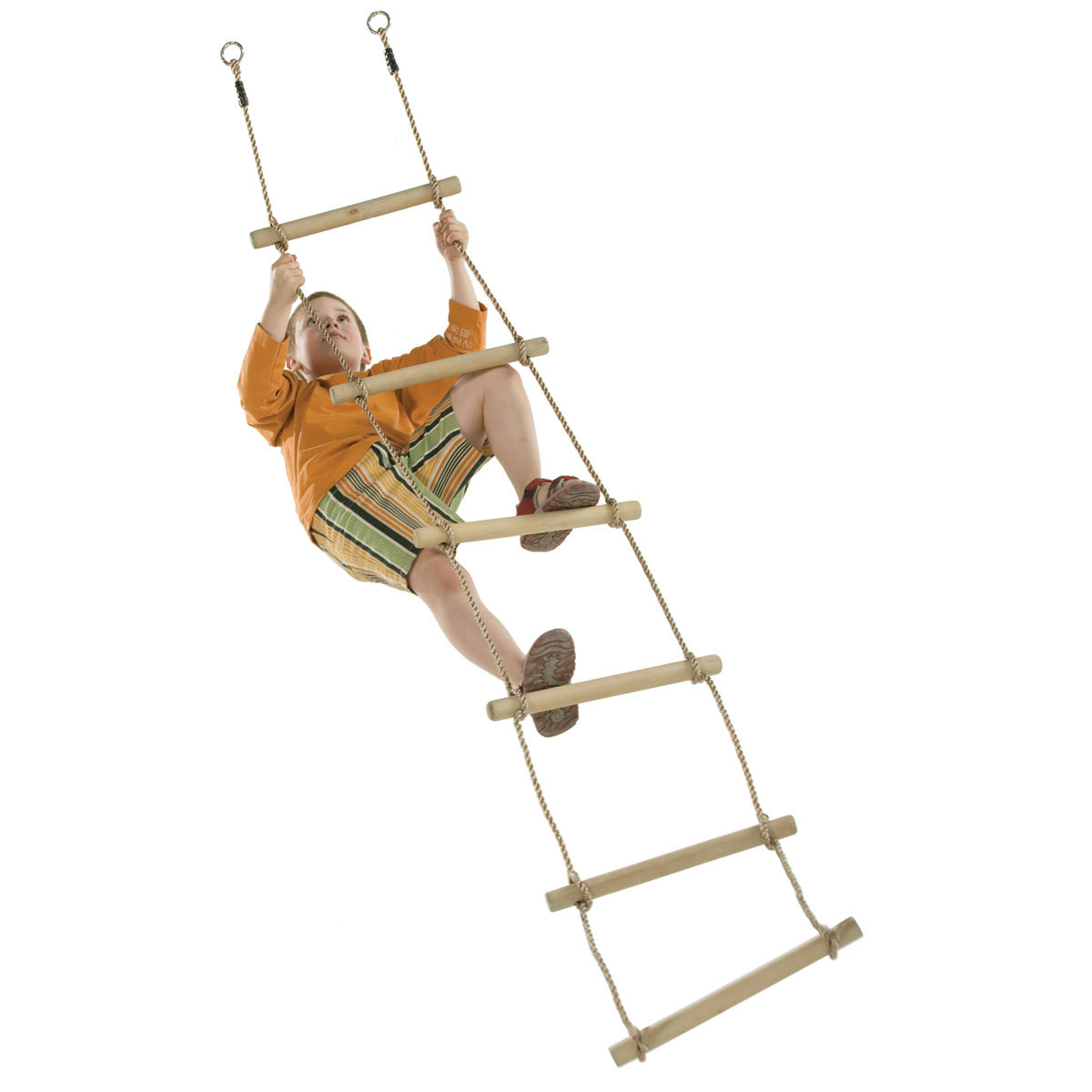
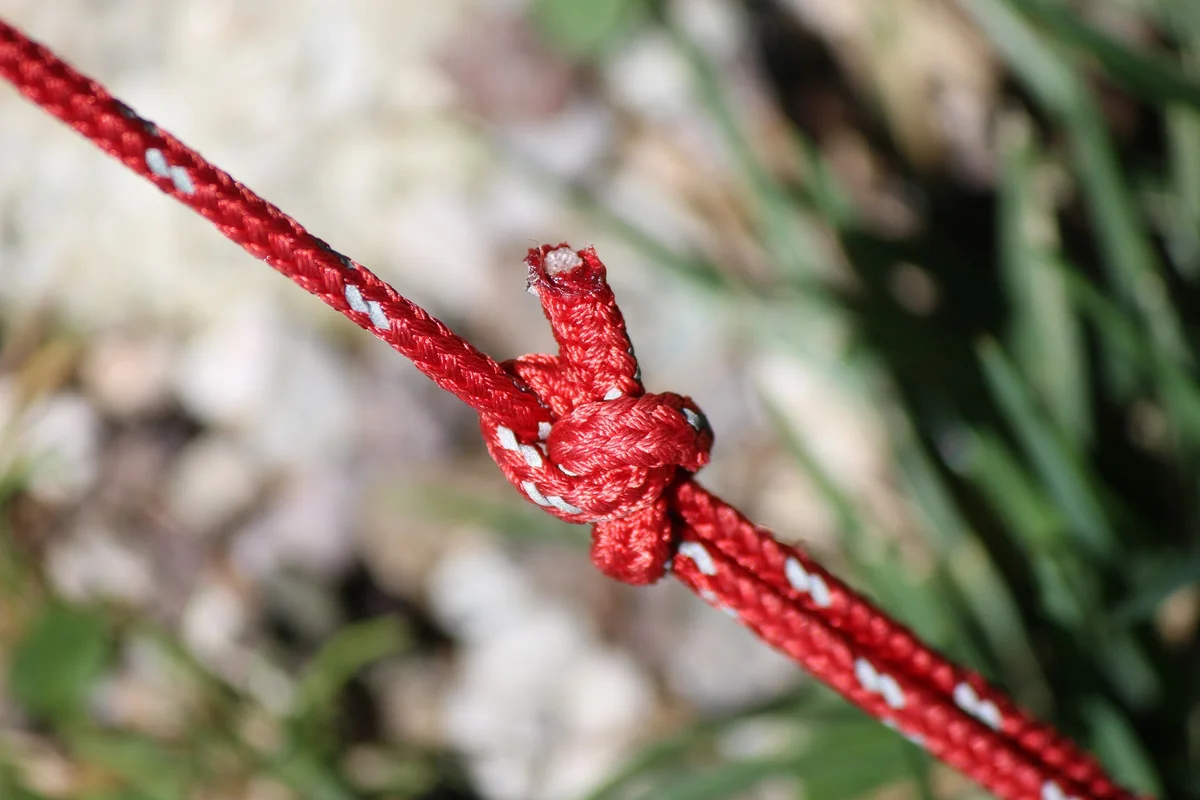
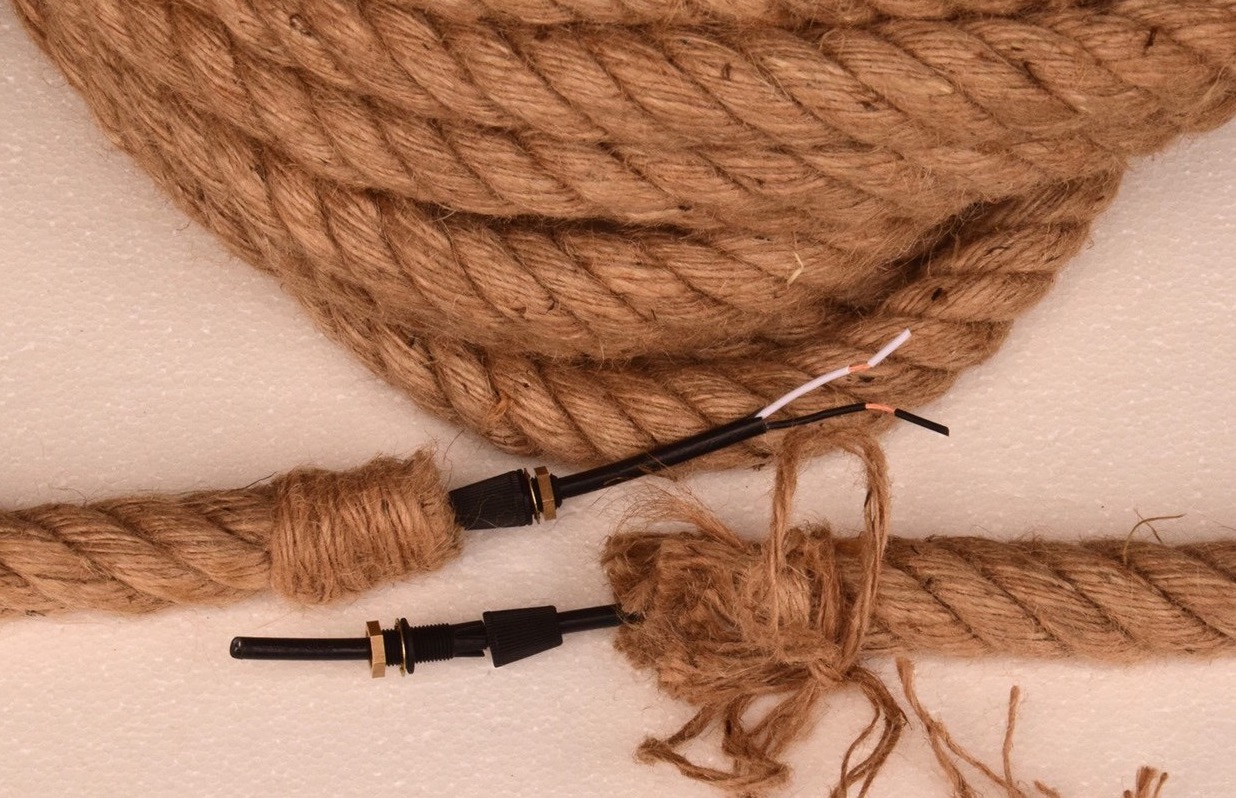
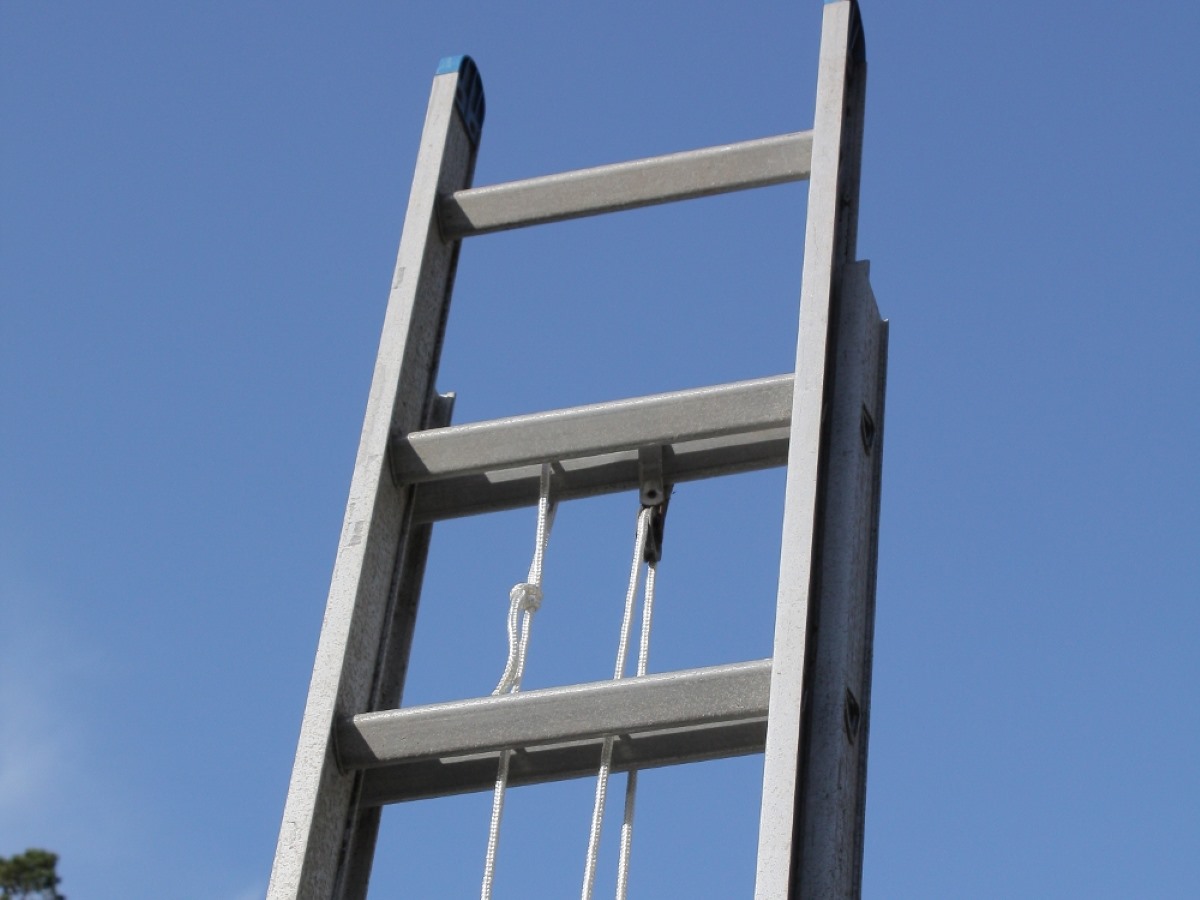
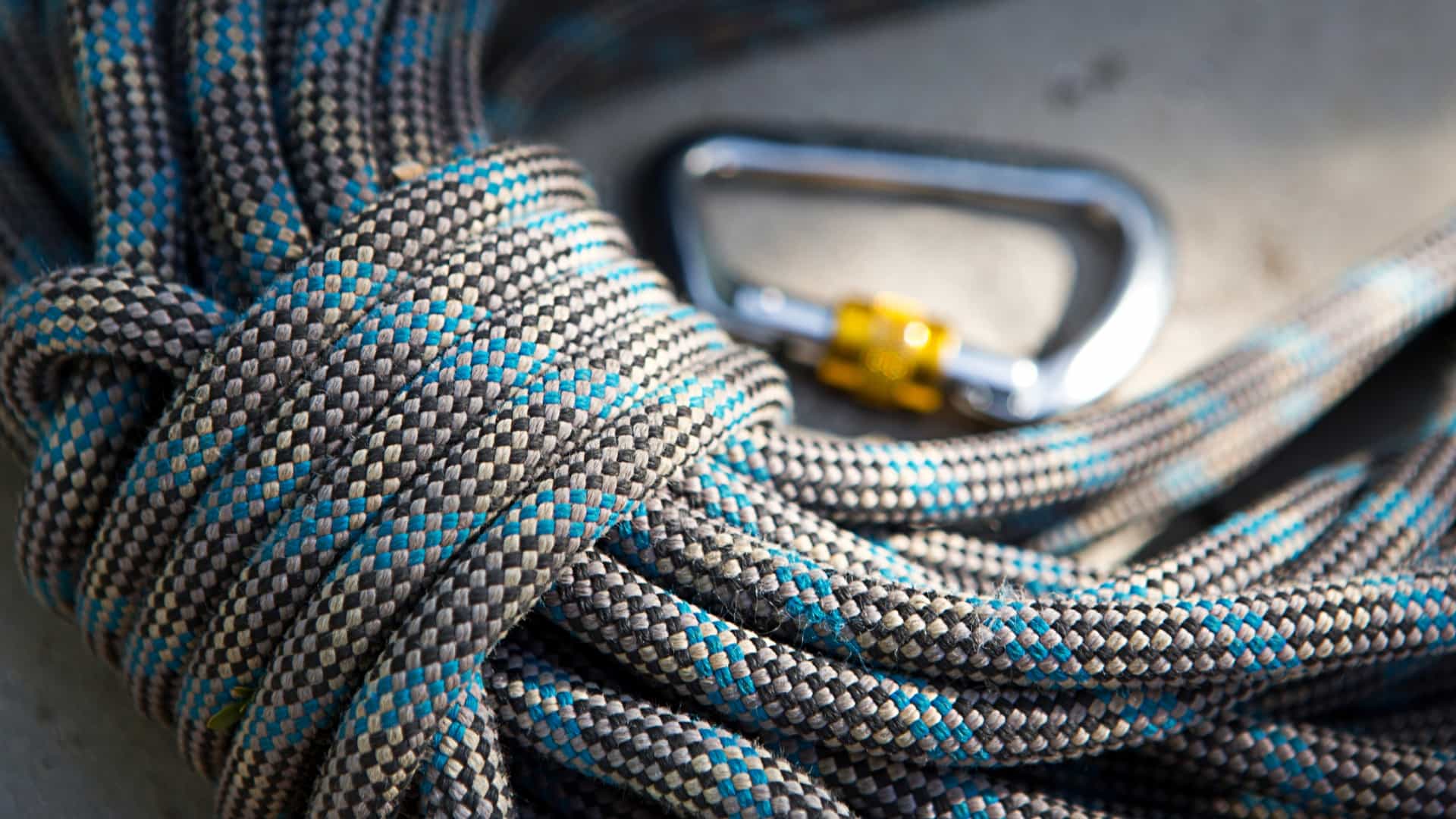
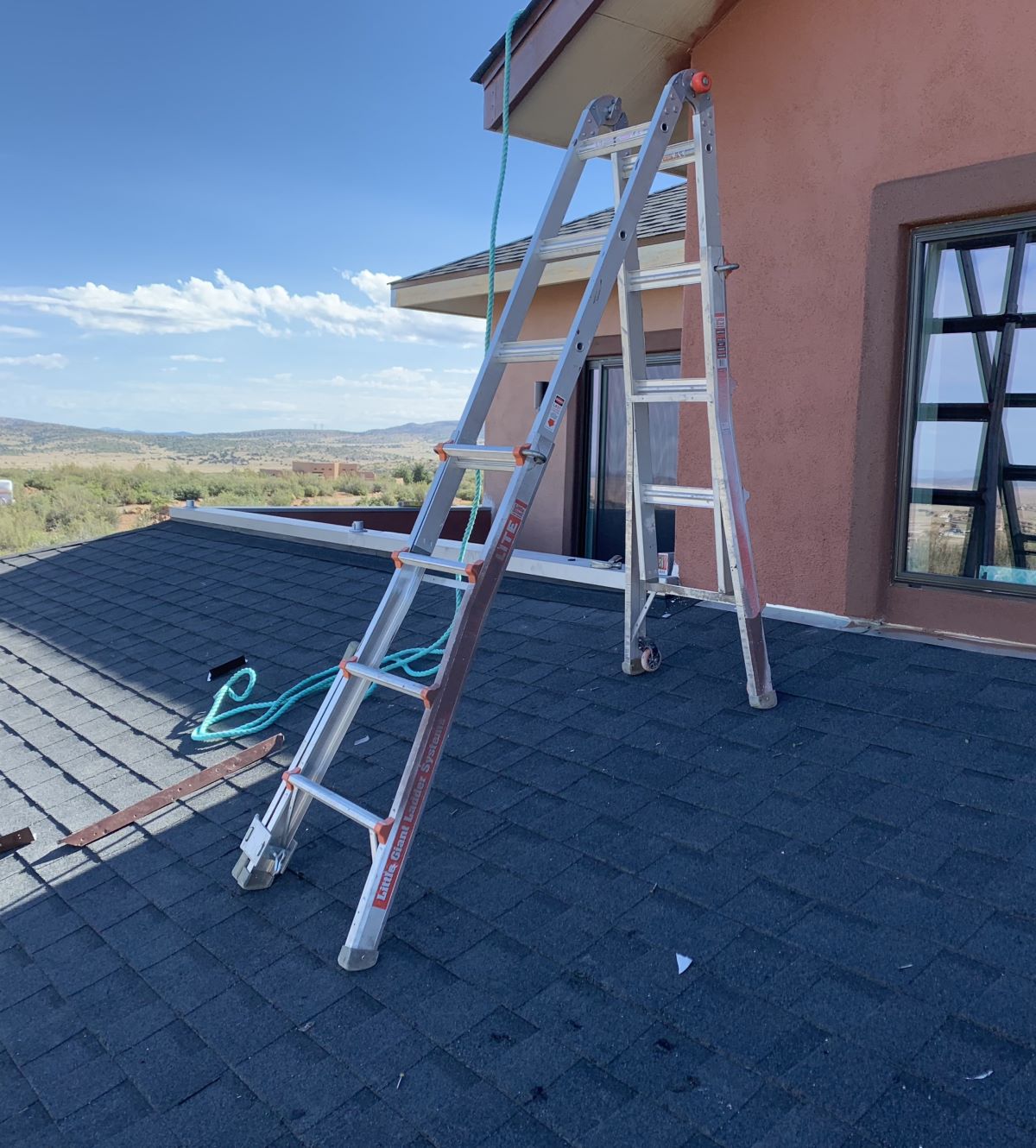
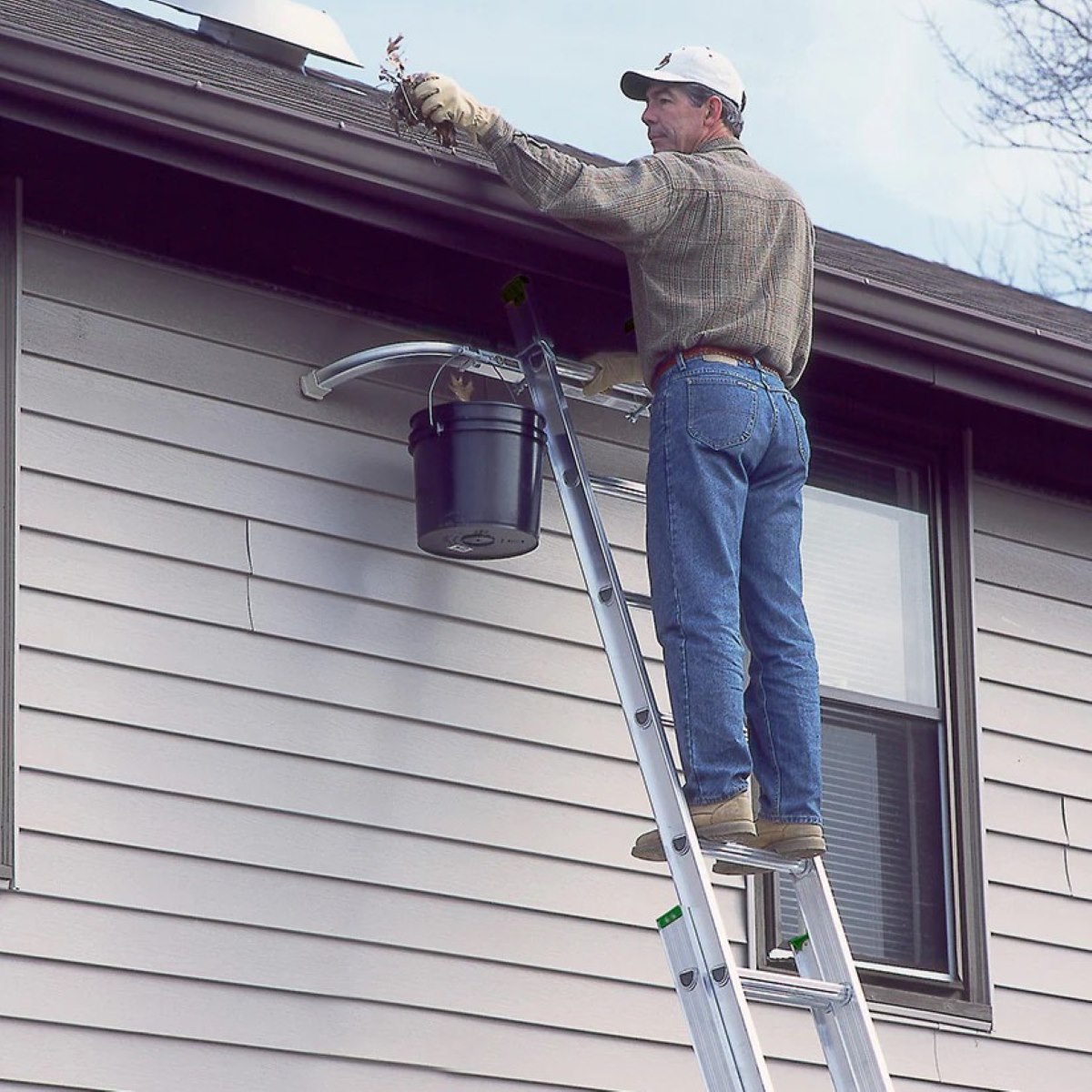
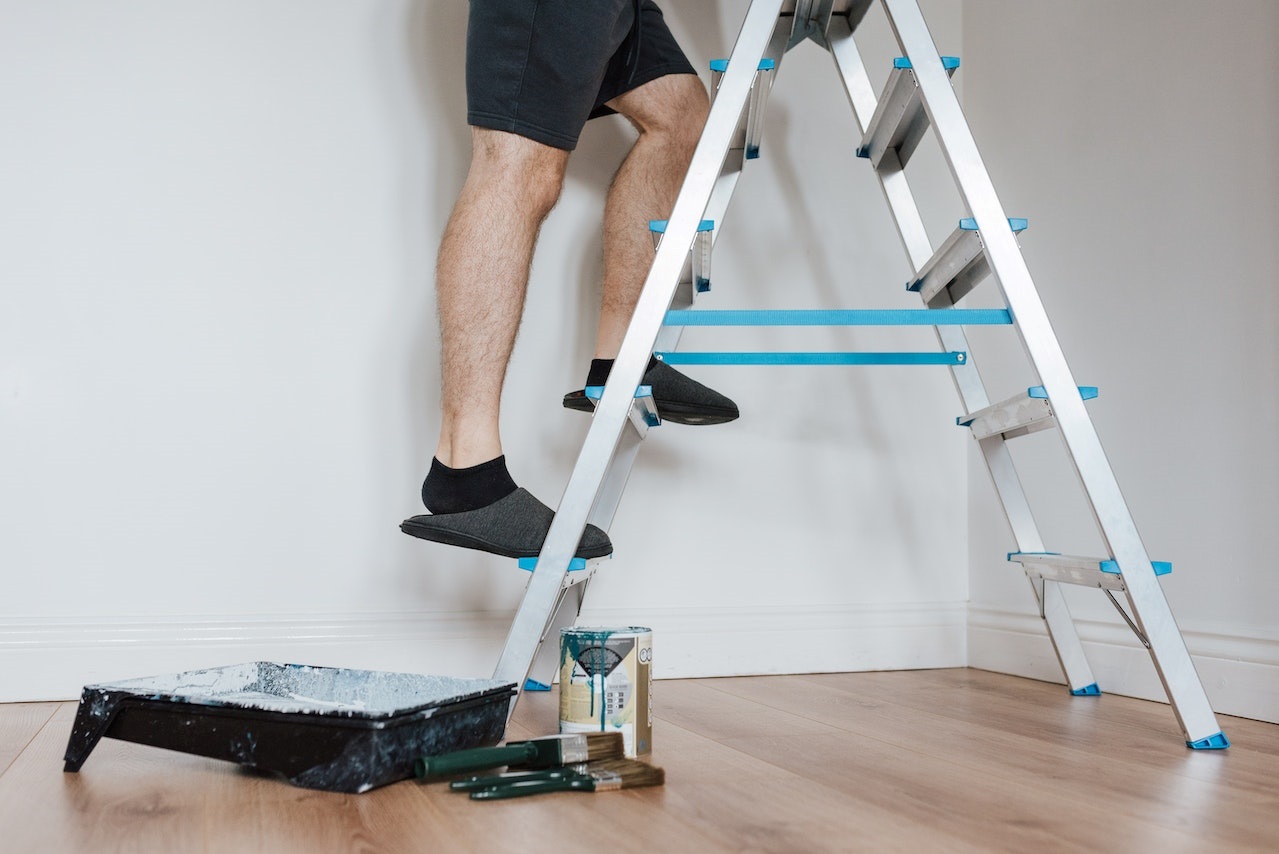
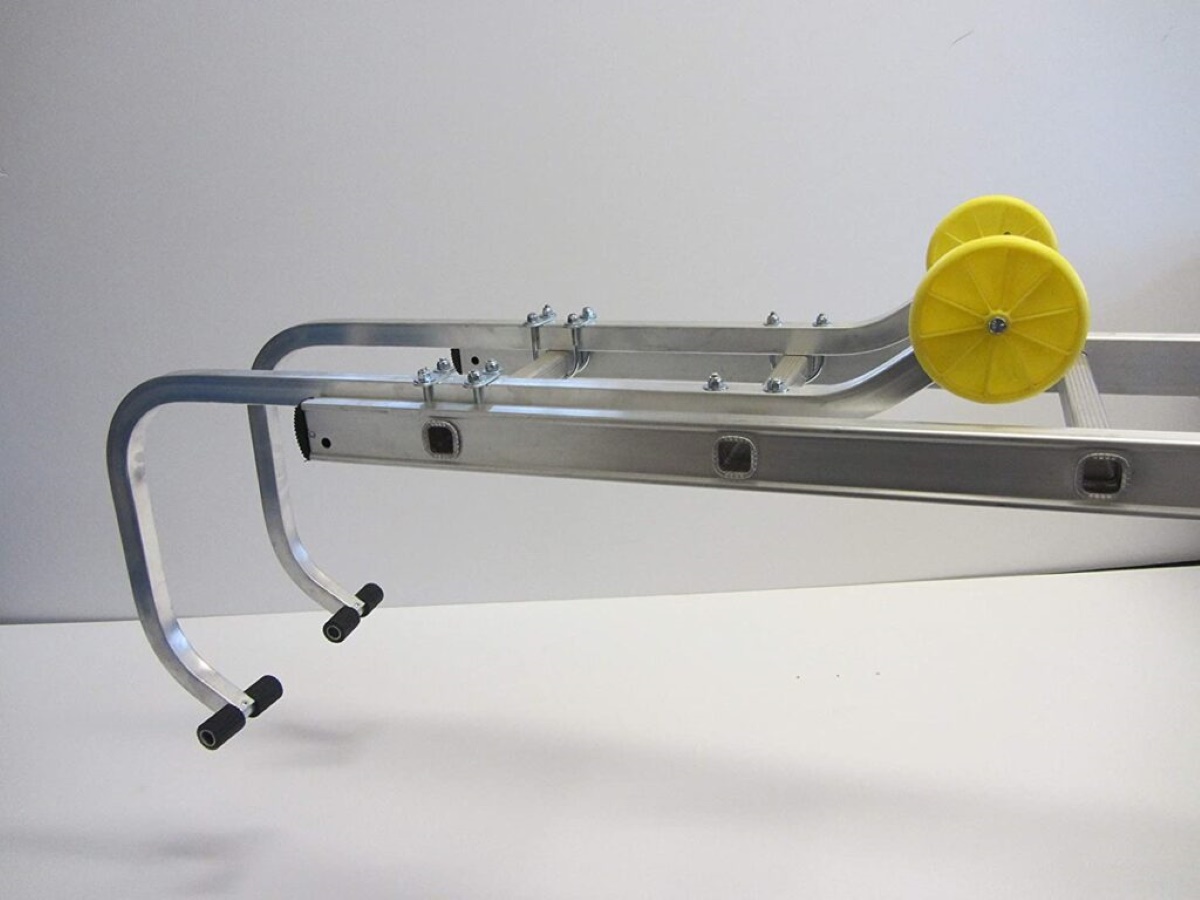
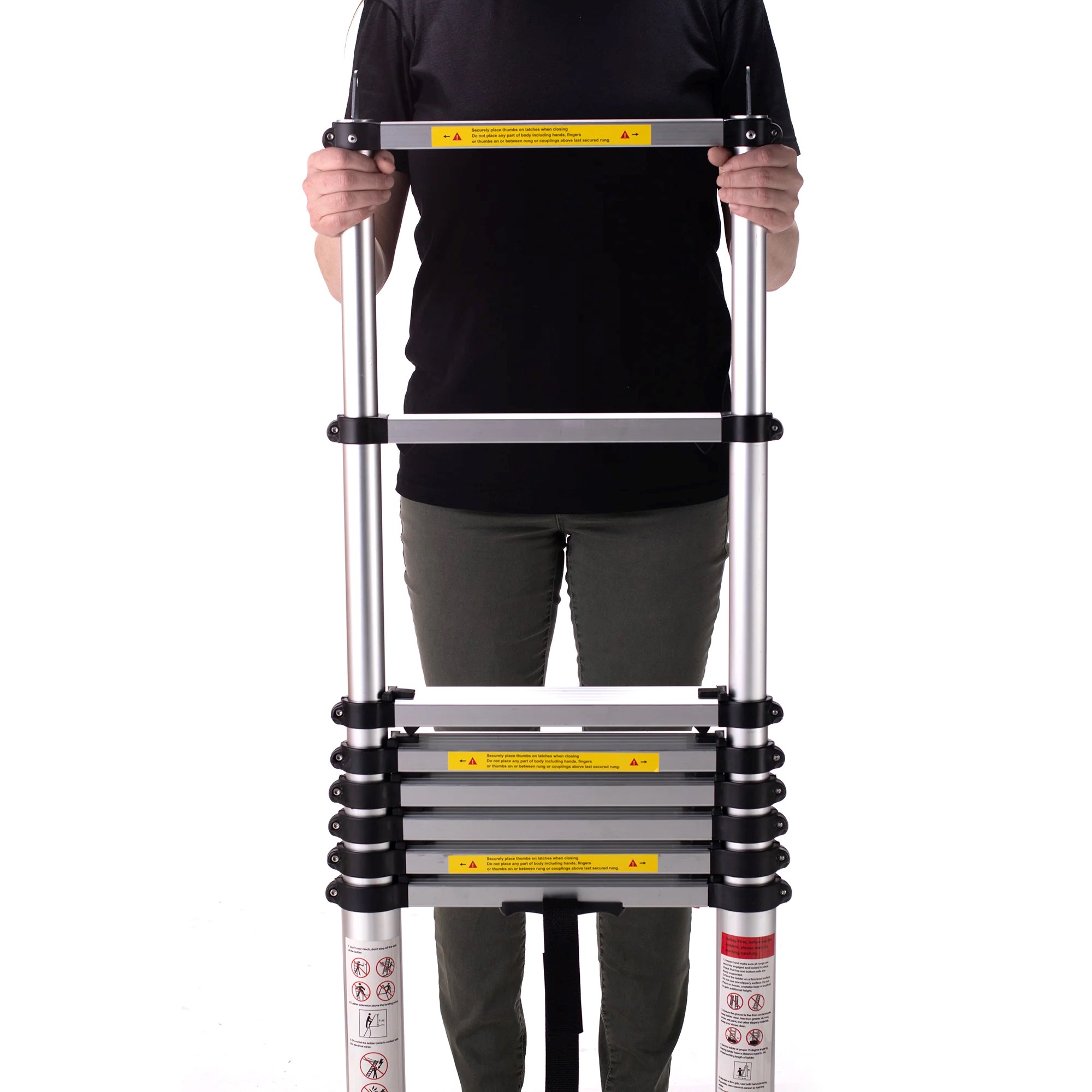
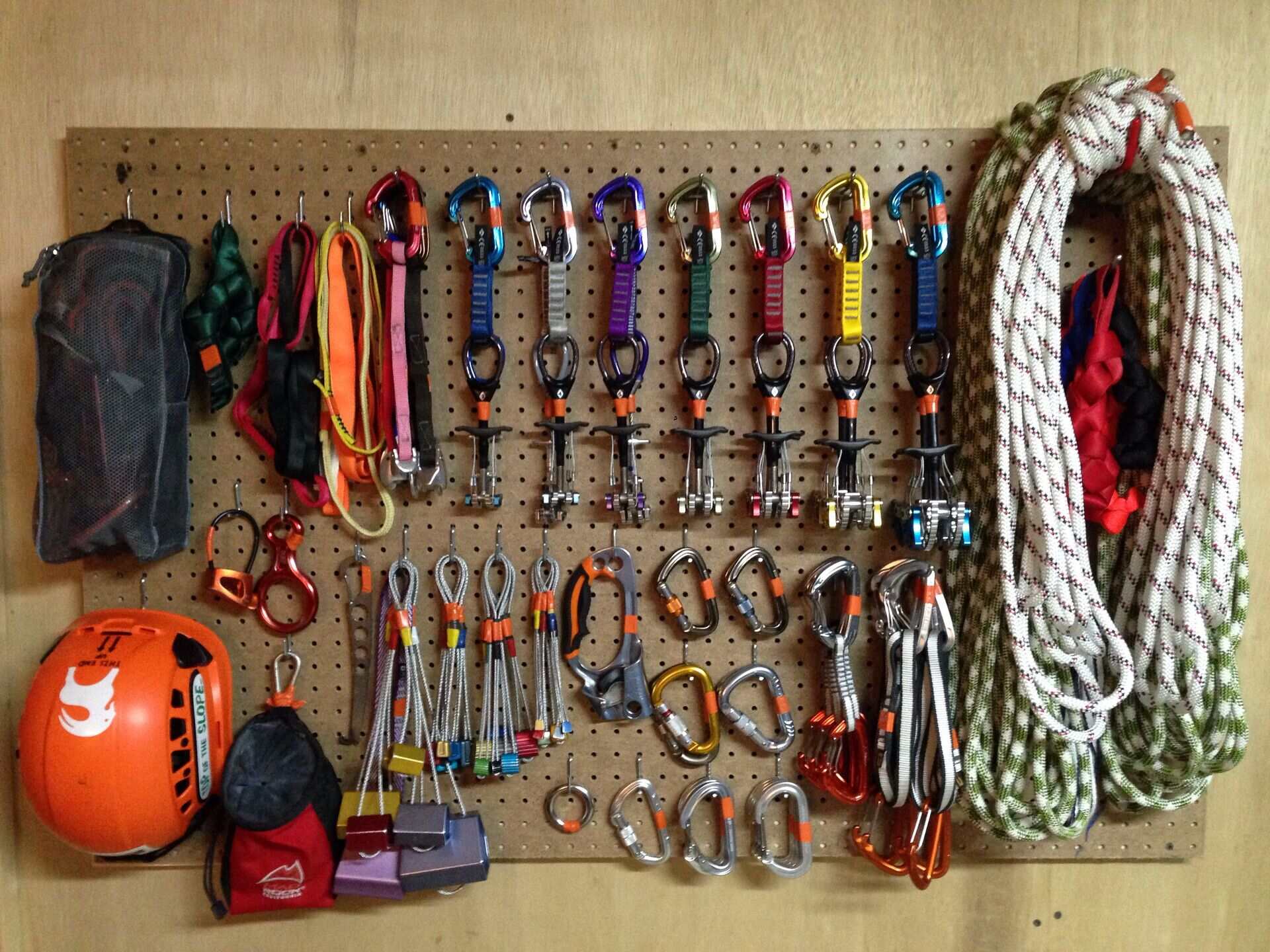
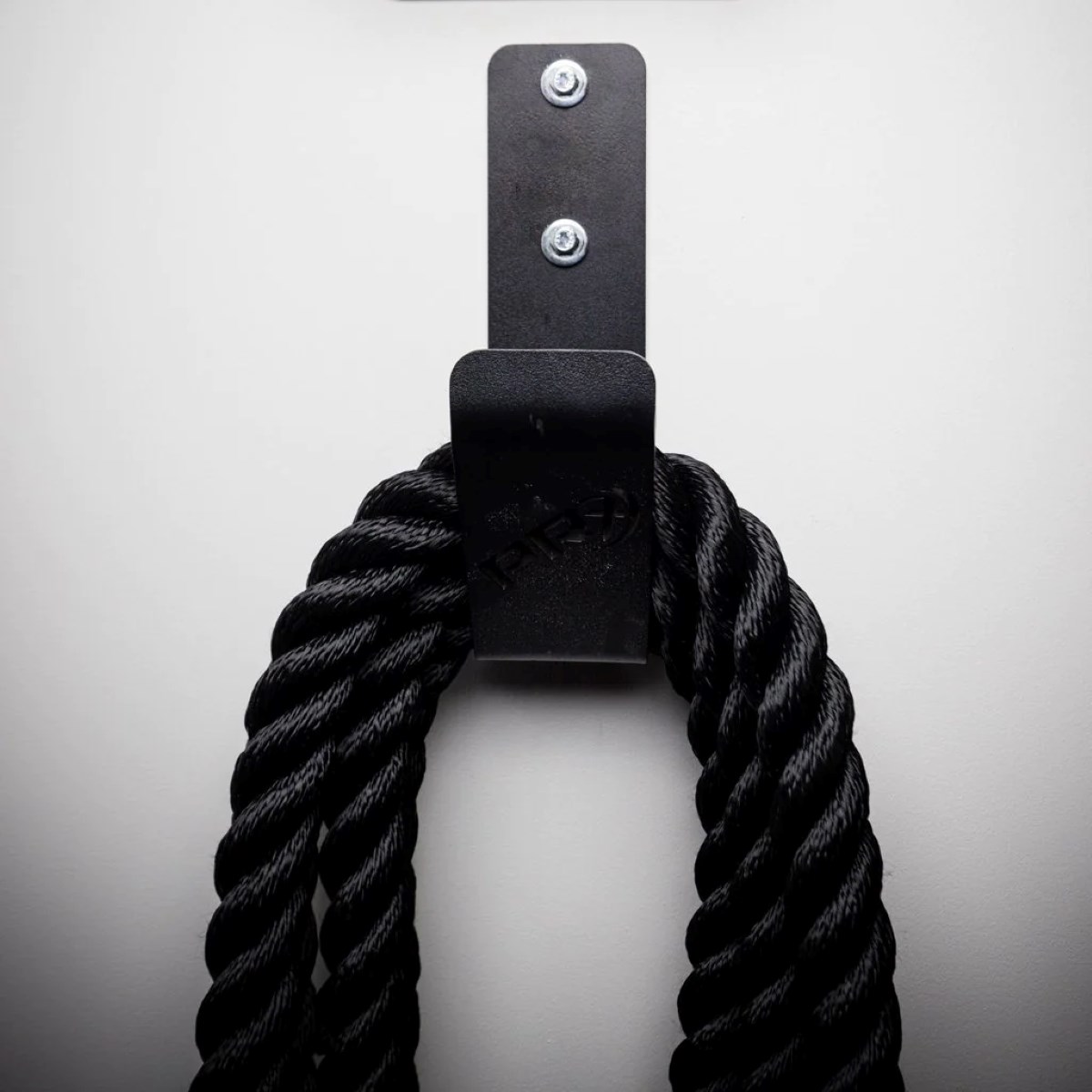


0 thoughts on “How To Use Rope On Extension Ladder”